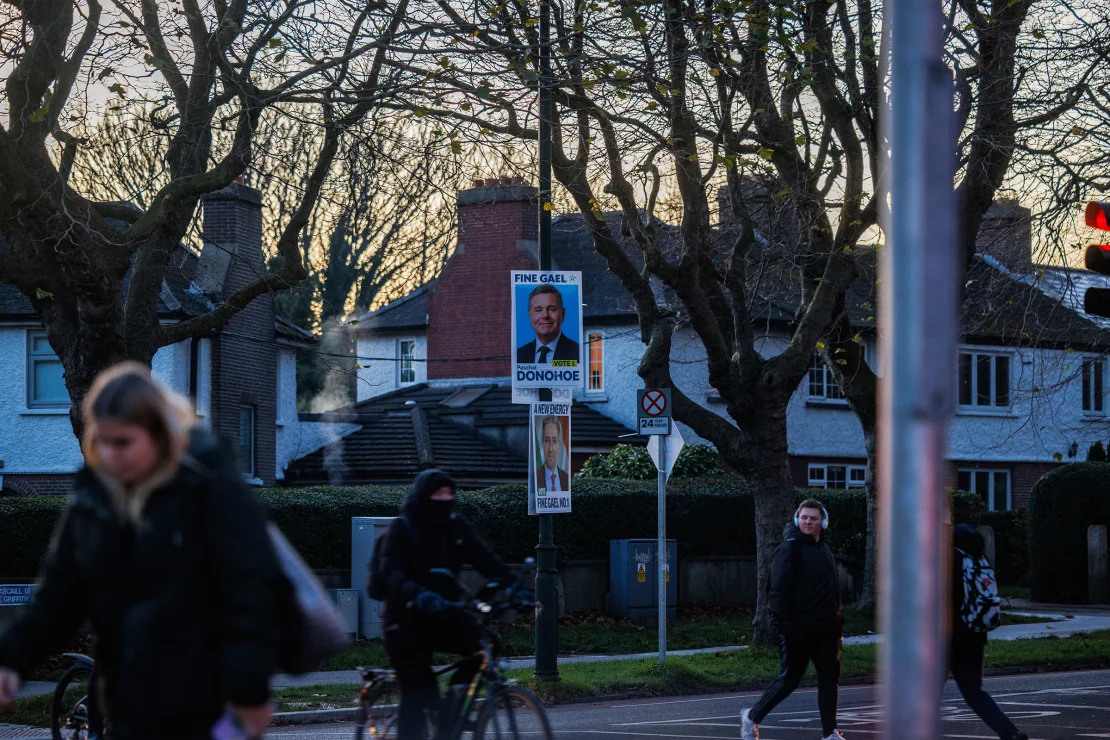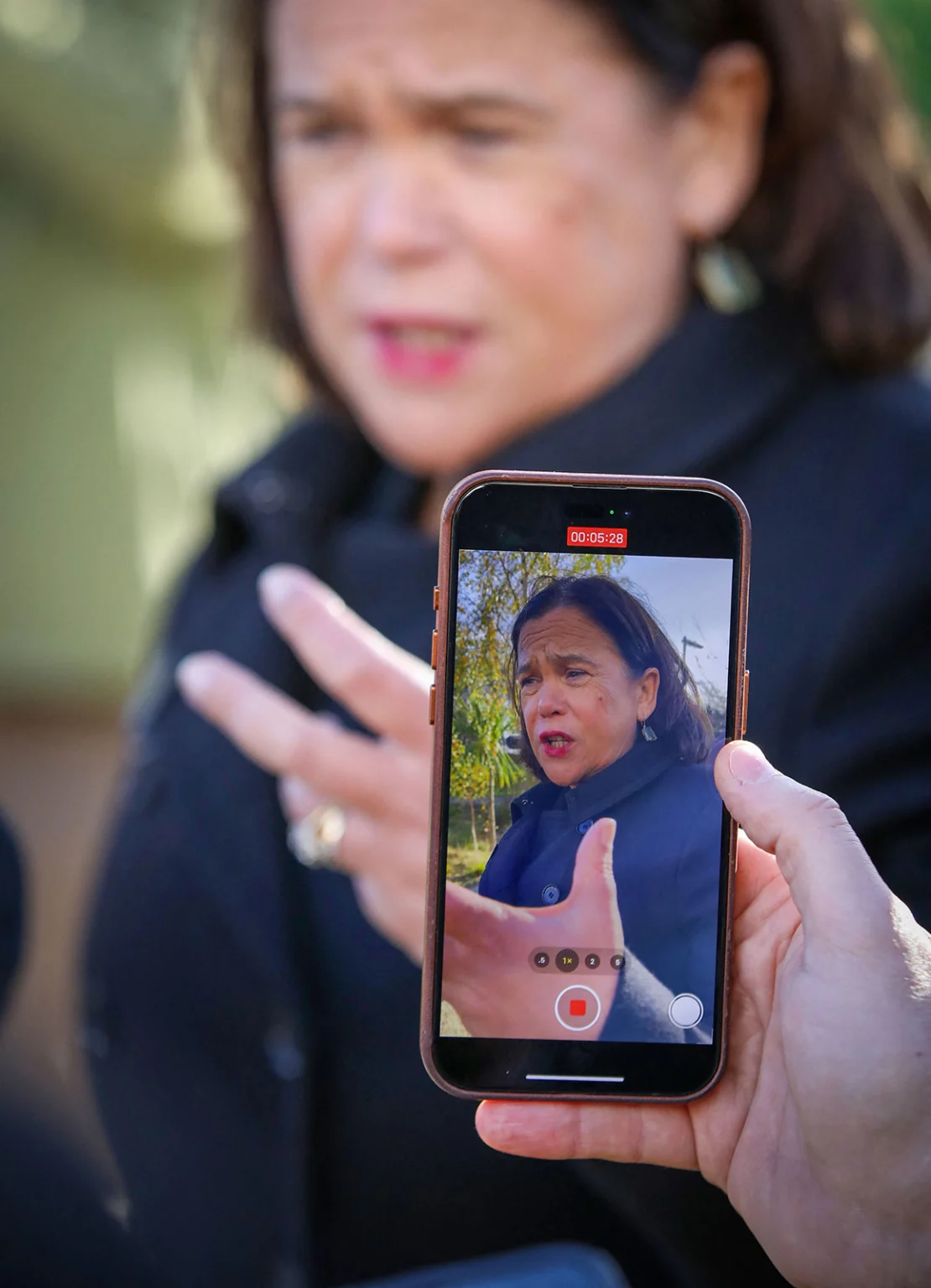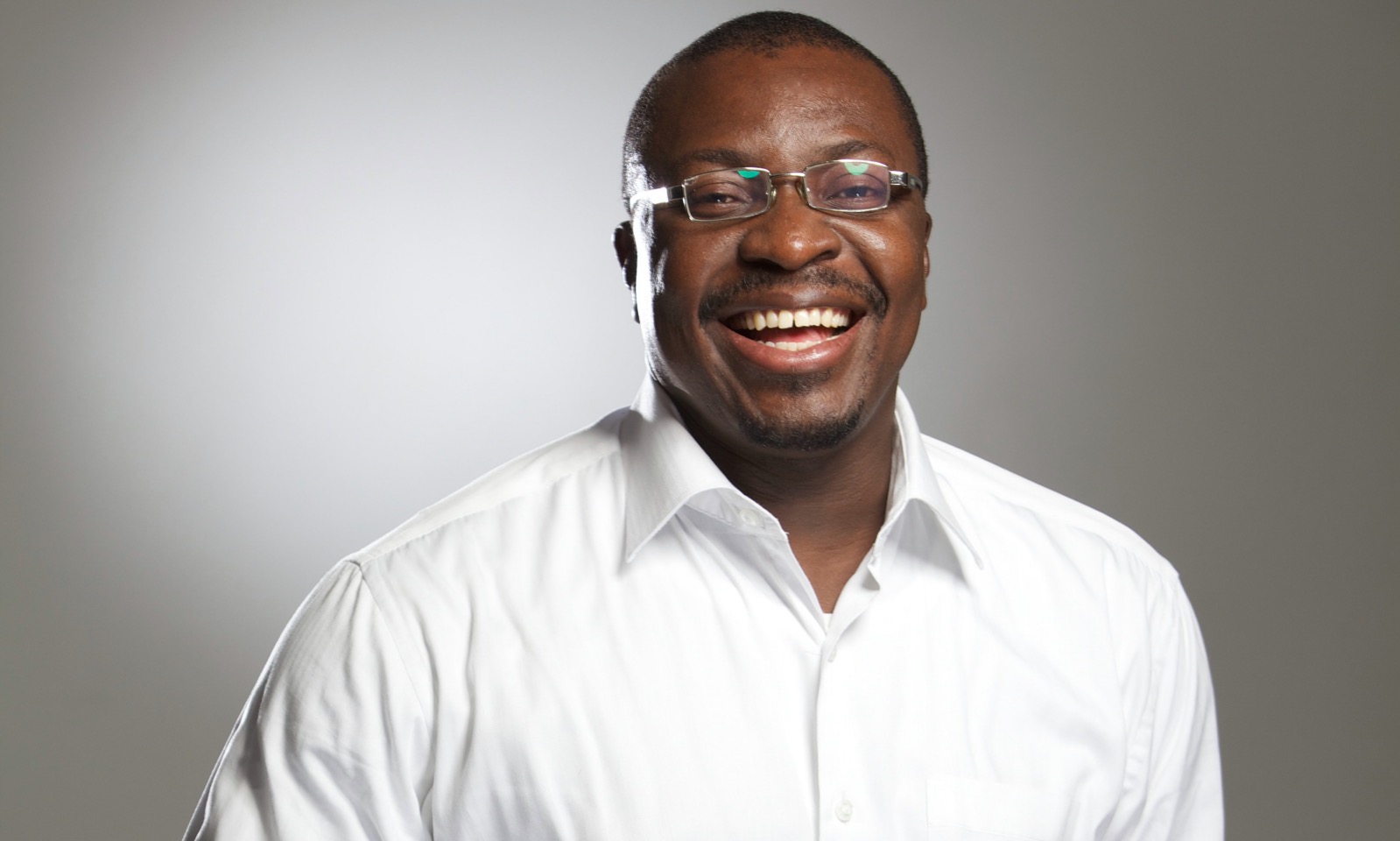DUBLIN, Ireland — As Ireland prepares to vote in its highly anticipated general election on Friday, Prime Minister Simon Harris finds himself at the centre of a storm that could shape the future of his political career and his party’s historic tenure.
Harris, Ireland’s youngest-ever taoiseach at 38, has built his reputation as a tech-savvy leader, engaging younger voters on platforms like TikTok.
Yet, a recent controversy threatens to unravel his efforts.
A viral video clip of Harris walking away from care worker Charlotte Fallon, who sought to address him with questions on the campaign trail, has cast a shadow over Fine Gael’s prospects.
Although Harris swiftly reached out to Fallon with a public apology, the incident has been labelled the “defining moment of the 2024 election campaign,” according to Jennifer Bray, a journalist for The Irish Times.
“Undecided voters may see the clip and doubt his sincerity as a leader,” Bray told CNN, highlighting concerns within Fine Gael over its potential impact.

The controversy comes at a precarious time for Fine Gael, which has been in power for 14 years, often relying on coalition arrangements to maintain its grip.
Should the party win on Friday, it will set a new record in Irish politics, noted David Farrell, professor of politics at University College Dublin.
However, a recent Irish Times poll suggests a sharp decline in support for Harris’s party, which now stands at 19%, trailing behind Sinn Féin and narrowly ahead of Fianna Fáil.
The three main parties collectively account for just 60% of voter preferences, leaving a fragmented political landscape.
Housing Crisis and Voter Volatility
Ireland’s entrenched housing crisis has emerged as a critical issue this election season.
While Harris has sought to appeal to younger voters by addressing housing and the high cost of living, many remain unconvinced.
“There is huge volatility among the electorate,” Bray observed.
“Voters want to see long-term action on the housing and homelessness crisis but are unsure which party offers a viable path to change.”

The election employs Ireland’s proportional representation system, with 174 members of parliament to be elected.
Coalition scenarios are being widely debated, with Mike Miley, head of Public Affairs at Teneo, predicting that no government will emerge without two of the three major parties joining forces.
“Excluding a far-left government led by Sinn Féin, coalition possibilities are vast and wide,” Miley explained.
Social Media as the New Battleground
Harris has embraced social media to connect with younger demographics, but analysts point to stronger digital engagement from his rivals, such as Social Democrats leader Holly Cairns and Sinn Féin’s Mary Lou McDonald.

“Holly Cairns has engagement levels that any content creator would envy,” said Donagh Humphreys of Thinkhouse, a youth marketing agency.
Ireland’s younger voters, credited with driving social reforms like same-sex marriage legalisation and the repeal of the abortion ban, hold the potential to tip the scales once again. However, Farrell suggests the wave of social change may be ebbing.
“Ireland’s era of transformative social reforms—abortion, gay marriage, and divorce—feels like it may be behind us, at least for now,” he noted.
Economic Anxiety Looms
Adding to voter uncertainty is the potential economic shock from a Donald Trump presidency in the United States.
With Trump vowing to repatriate US firms headquartered abroad, Ireland’s economy—bolstered by foreign tech investment—faces a looming threat.
“Anxiety about the future and questions about Ireland’s long-term vision define this election,” Bray remarked.
As polling day approaches, Harris and his Fine Gael colleagues face an uphill battle to maintain their hold on power.
Whether the taoiseach’s digital-first strategy can withstand the fallout of a viral misstep remains to be seen.







